Protecting Critical Wetlands for Migratory Birds in Zimbabwe
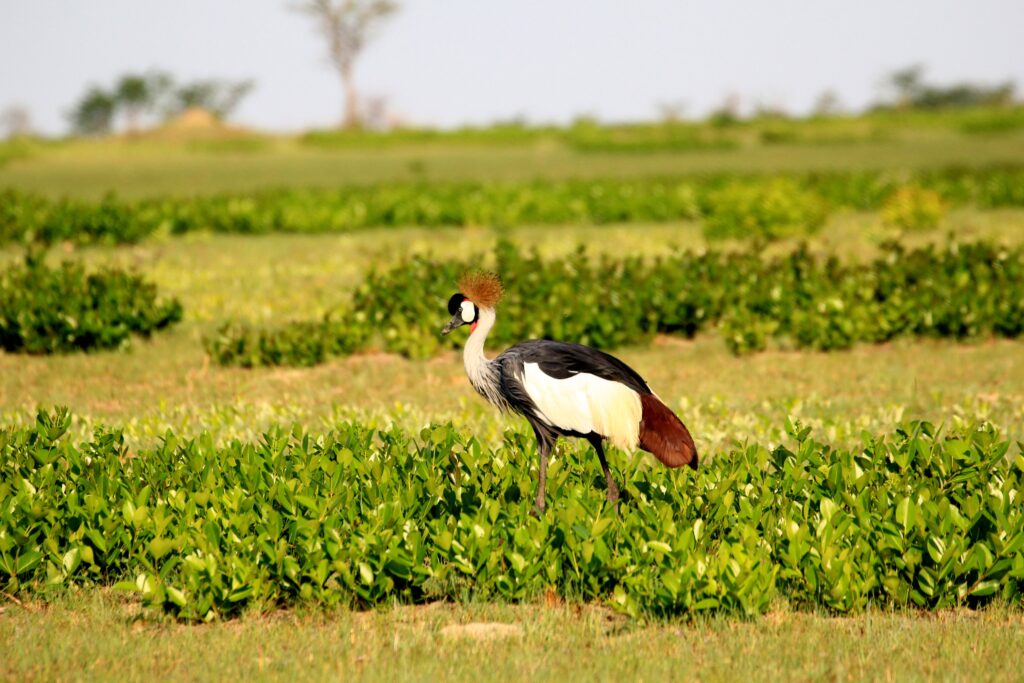
BirdLife Zimbabwe is working with local communities to restore the Driefontein Grasslands.
By Togarasei Fakarayi
Located in Central Zimbabwe, the Driefontein Grasslands covers an area of about 201,194 hectares. Designated as a Ramsar site in 2013, is characterized by a unique habitat of swamps, grasslands and woodlands. Driefontein Grasslands supports significant populations of migratory birds including White Stork (Ciconia Ciconia), Abdim’s Stork (Ciconia abdimi) the African Marsh-harrier (Circus ranivorus ) among others. Further, it hosts 85% of Zimbabwe’s Wattled Crane (Bugeranus carunculatus) population which listed as Vulnerable by the IUCN, in addition to the Endangered Grey Crowned Crane (Balearica regulorum). More than five streams originate from this central watershed, with the wetlands supporting, numerous livelihoods for farmers upstream and downstream.
Since 2003, BirdLife Zimbabwe (BLZ) in collaboration with local authorities, and other civil society organizations has been involved in the biodiversity conservation of Driefontein Grasslands. “Wetlands in Driefontein provide key habitats for the two cranes species that co-exist in this area. BirdLife Zimbabwe has developed and implemented conservation strategies that benefit both people and biodiversity. Monitoring activities for cranes and wetlands has been ongoing on an annual basis”, said Julia Pierini, CEO BirdLife Zimbabwe.
In 2010, BirdLife Zimbabwe developed a Conservation Action Plan for the Wattled Crane and Grey Crowned Crane, focussing on Driefontein Grasslands, which guided conservation initiatives implemented in this Important Bird Area (IBA). Through this work, Driefontein was designated as a Ramsar site in 2013.
In 2019, BLZ, rolled out a community livelihood and capacity support for securing Zimbabwe’s wetland biodiversity project in four villages in Driefontein Grasslands. This Darwin funded project aimed at biodiversity restoration and community livelihoods, has a number of key elements including joint monitoring of indicator bird species, wetlands restoration, community livelihood improvement and trainings of communities in wetland and fire management.
Working with local communities, BirdLife Zimbabwe identified and began restoring wetlands in the Driefontein Grasslands. Further, local guidelines were developed to ensure protection, and sustainable management of wetlands across the entire landscape. As part of building capacity, local communities were trained on sustainable wetland management and basic site monitoring using the IBA Monitoring Framework.
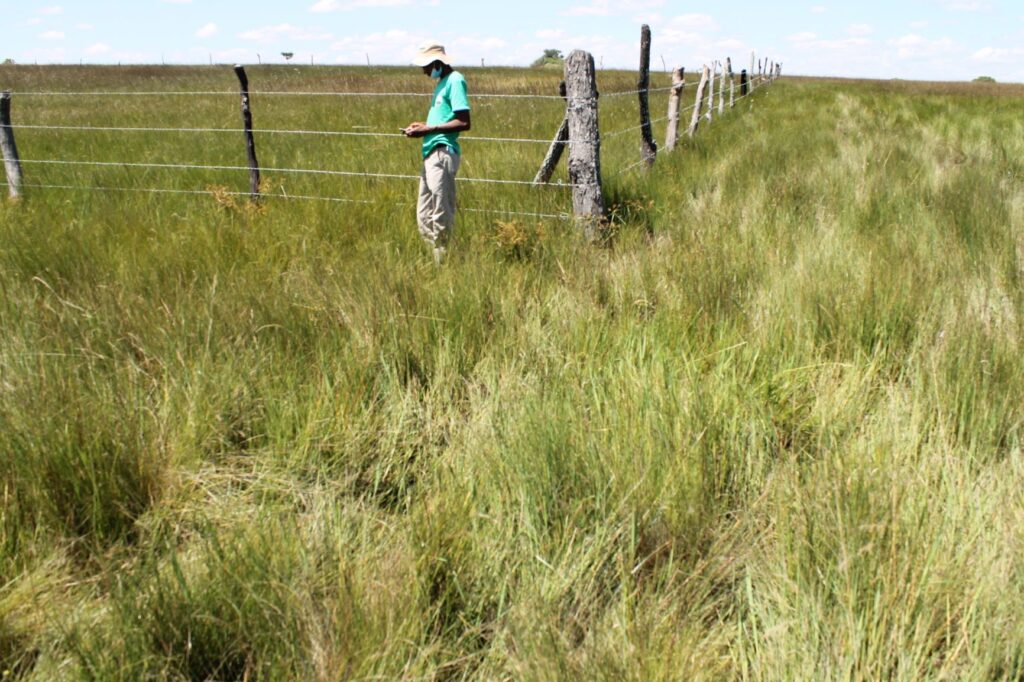
Currently, communities are contributing basic species and habitat monitoring IBA data that informs local planning and future programming for biodiversity conservation. So far, a total of 60 hectares of wetlands have been restored. The restored wetland sites attracted breeding pairs of cranes, which are wetland flagship bird species, in addition to migratory birds species, a pointer to improved aquatic ecosystems under community management.
A key component of this restoration targeted protection of seeps which are the wetlands main source of water. Seeps across the landscape were fenced off protecting them from degradation. Following the restoration of the wetlands, local communities are now benefitting from regular supply of water during the dry seasons. Further, underground water has also risen following protection of seeps, leading to constant water supply during the dry season, benefitting wetland biodiversity and livestock that forage in these grasslands.
“Following restoration of that wetland seeps, we were surprised to see water flowing from the seep during the dry season within three months. There is water for our livestock and palatable forage for our goats, sheep around the restored wetland. We are now enjoying benefits of protecting wetlands, and we thank BirdLife Zimbabwe for this intervention.”, said Mudzimu Dzoka, a village elder.
To reduce pressure on the grasslands, the project supported more than 150 households in five villages, with income generating projects namely bee keeping, poultry and pig farming. Through proceeds from these activities, local community members are now able to purchase household supplies and kitchenware.
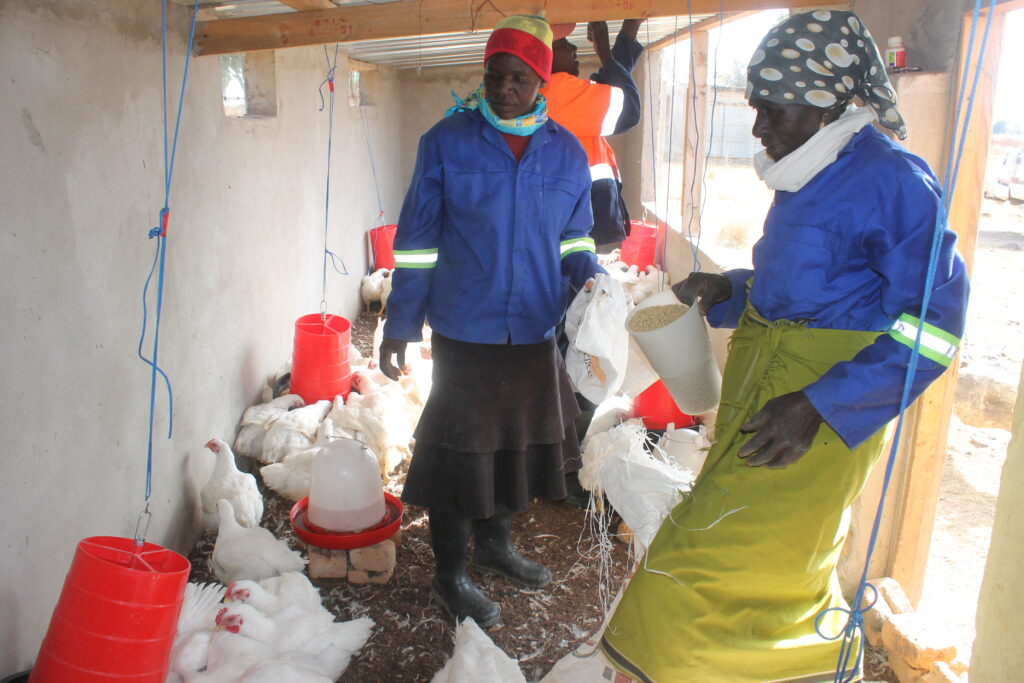
Our lives have change since we are generating money from poultry. We will continue protecting birds and our wetlands. These livelihood projects will also sustain our children and grandchildren; therefore, we are teaching them to conserve birds and all natural resources. Our women group, made up of six members is rearing 100 broilers, generating USD160-180 profit in every 7-8 weeks’ time. We can pay school fees for children and meet other household needs”, said Netsai Makoni, a community member.
“We will utilise the skills and knowledge we gained from bee keeping training in strengthening our bee keeping project. In future we wish to have a honey processing centre to enable value addition from the honey processing. With an equipped processing centre, we will be able to produce various hive products that include candles, cough syrup, and wax products”, said Vongai Mudodo, a community member who is now a bee farmer.
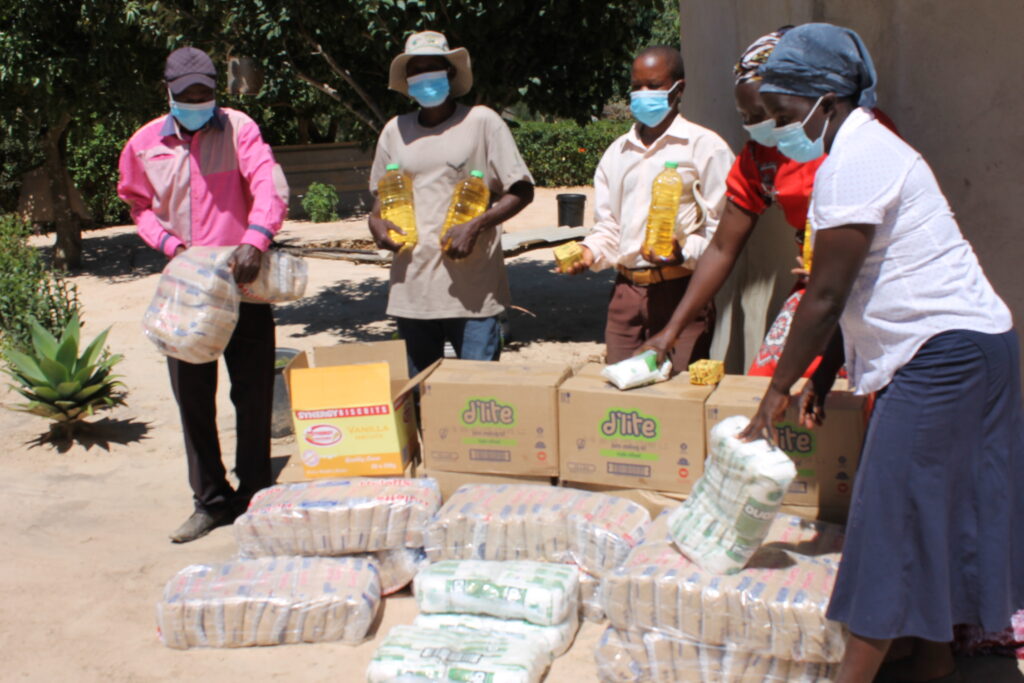
“Wetlands are vital because of the ecological goods and services that they provide. BirdLife Zimbabwe’s work in the Driefontein Grasslands is a testament of what can be achieved, when local communities are involved in conservation efforts” , said Dr Kariuki Ndang’ang’a, Regional Director for Africa, BirdLife International.
Following the success of this phase, BirdLife Zimbabwe is focussing on scaling up the project. Currently, plans are in place to provide trainings on identification and monitoring of migratory bird species across this landscape. Other priority actions for this area in future include scaling up of community livelihoods, restoring more wetlands, joint wetland biodiversity monitoring, ecosystem valuation for the entire landscape, and enhancing community and stakeholder capacity in site management for the benefit of nature and people.
‘’Balancing biodiversity conservation and community livelihood improvement has proved to be an effective model for successful conservation in an area where people share habitats with threatened bird species’’, concluded Pierini.
Header Image: Driefontein has significant populations of the Grey Crowned Crane © BirdLife Zimbabwe
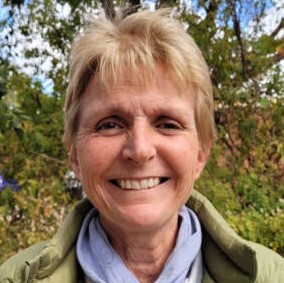
“Balancing biodiversity conservation and community livelihood improvement has proved to be an effective model for successful conservation”
Julia Pierini, CEO BirdLife Zimbabwe